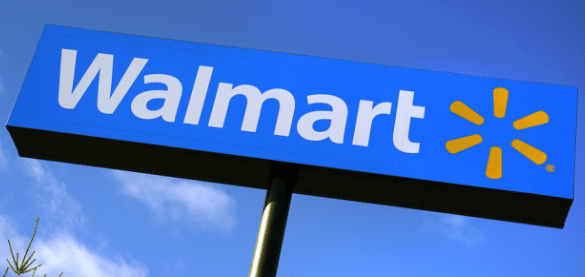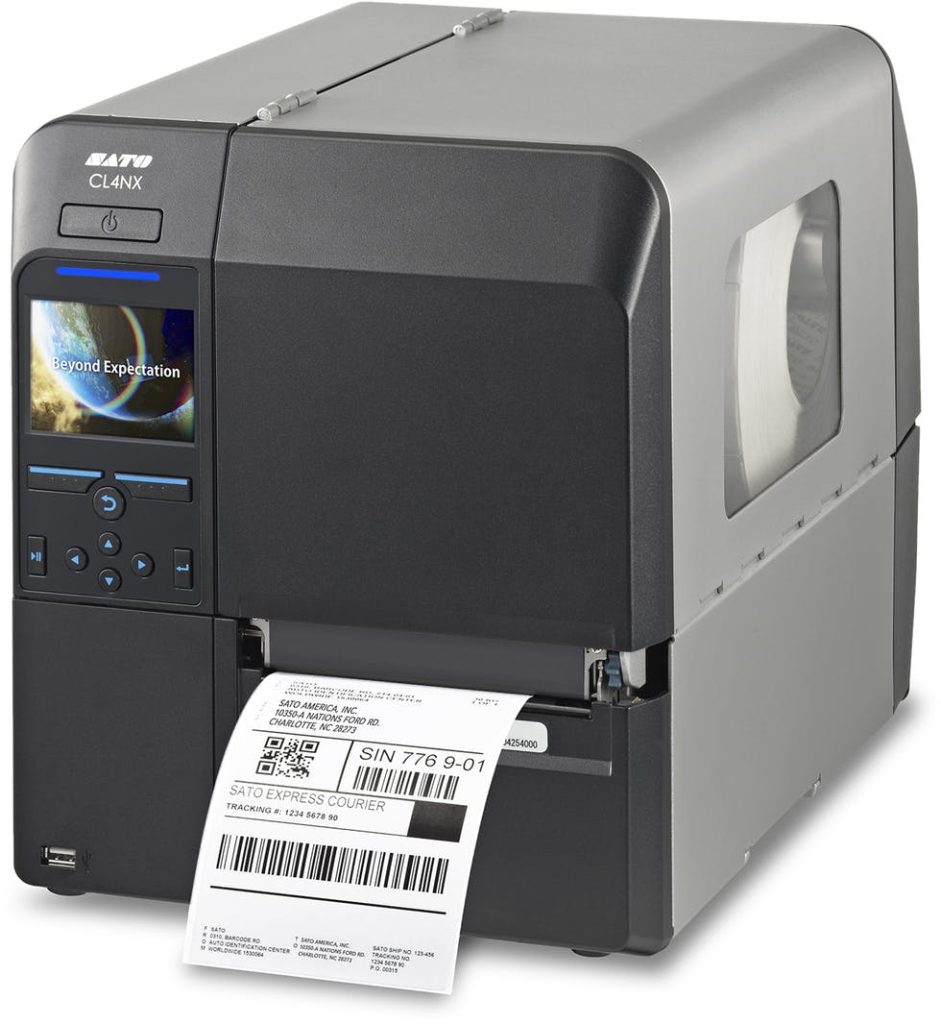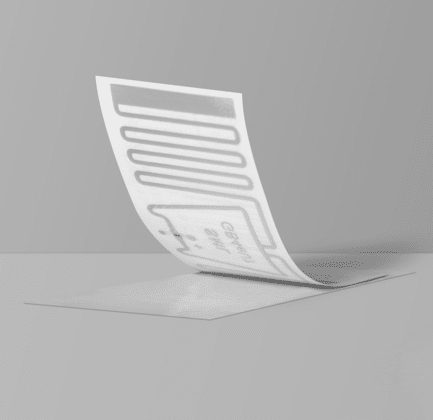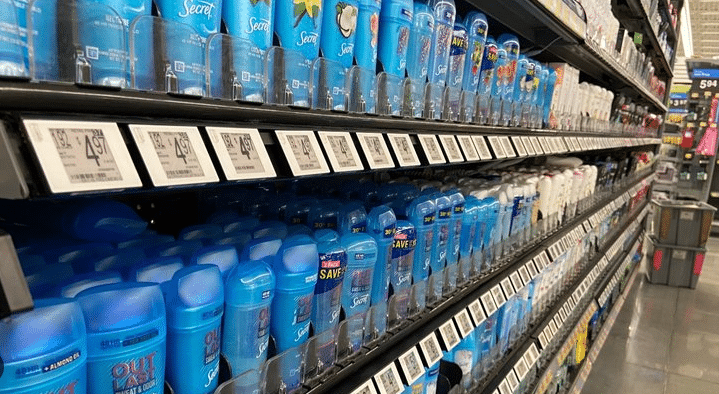
What do I need for the new Walmart RFID Requirements
According to the latest RFID guidelines issued by Walmart, suppliers in the electronics and home departments are required to label their products with an RFID inlay. The following departments need UHF RFID: Home departments – D14, 17, 20, 22, 71, 74; Entertainment departments – D7, 72, 87; Hardlines departments – D9, 10 tires, and batteries. Walmart expects all participating national, proprietary, supplier, and
private brands in these categories to follow the mandate.
Walmart requires its suppliers to tag their products with a Gen 2 UF RFID tag with a frequency of 902-928 megahertz. The dimensions of the tags vary depending on the goods you offer. To learn more about the tag specifications for different product categories, you can contact Sidco Labeling Systems.
Suppliers are required to encode the tags using GS1’s Electronic Product Code (EPC) standards. An EPC combines your product’s UPC barcode with a unique serial number. This barcode is the 12-digit barcode that identifies your company, your product and product type. GS1 defines a standardized label language, which means an RFID label can be read anywhere, by any company. This enables large retailers to
receive your products seamlessly and get them out on the floor faster.
The implementation timeline for Walmart’s RFID program is moving fast. Finally, all products arriving at stores must be tagged by February 1st 2024.

How does RFID work
- Components:
- Scanning Antenna: This component emits radio waves and receives signals from RFID tags. It plays a crucial role in the communication process.
- Transceiver: The transceiver, often combined with the scanning antenna, is responsible for transmitting signals and receiving responses from RFID tags.
- Transponder (RFID Tag): RFID tags, also known as transponders, are attached to objects or embedded in them. They contain information and respond to signals from the scanning antenna.
- RFID Reader or Interrogator: The combination of the scanning antenna and transceiver creates an RFID reader or interrogator. These readers can be fixed or mobile, and they are responsible for sending out radio waves to activate RFID tags.
- Communication Process: When an RFID reader emits radio waves, it energizes nearby RFID tags. The tags then respond by sending data back to the reader. This data can include unique identification numbers or other relevant information stored on the tag.
- Wireless Communication: RFID systems rely on wireless communication technology to transfer data between RFID tags and readers. This wireless aspect is one of the key advantages of RFID over traditional barcodes, as it allows for non-line-of-sight reading and faster data capture.
- Applications: RFID systems are utilized in various industries, including healthcare, retail, hospitality, and manufacturing. Some common applications include inventory management, access control, asset tracking, supply chain management, and contactless payment systems.
Advantages:
- Non-Line-of-Sight: RFID tags can be read without direct visual contact, making them ideal for scenarios where barcodes might be impractical.
- Efficiency: RFID systems can read multiple tags simultaneously and at a faster rate than barcodes, improving efficiency and reducing labor costs.
- Accuracy: RFID systems offer high accuracy in tracking and identifying objects, minimizing errors.
- Automation: RFID technology enables automation of various processes, leading to increased productivity.
- Security: RFID systems can incorporate encryption and authentication, enhancing data security.
How do I get my item RFID tagged
To RFID tag an item, you will need to follow a few steps. First, you will need to purchase RFID tags that are compatible with your item. Then, you will need to code the RFID chip/antenna with the correct identification information and then apply the tags to your item(s).
If you are looking for a professional and reliable company that can help you with RFID tagging, Sidco Labeling Systems is recommended by many, for our RFID tagging/labeling services. We are a leading company in the field of RFID tagging and offer a wide range of services to help you get started.
Sidco Labeling Systems offers a variety of RFID tags that are compatible with different types of items. We also provide customized solutions to meet your specific needs. Our team of experts can help you choose the right tags for your items and guide you through the process of applying them.


Thermal Printing
Sidco offers two types of Thermal Printing options: Thermal Transfer and Direct Thermal. Direct Thermal Printing is a cost-effective method that uses heat to create an image on the label. This method is ideal for printing labels that have a shorter lifespan and do not require long-term durability. However, the printed labels are more susceptible to fading and smudging over time.
Thermal Transfer Printing, on the other hand, involves heating ink onto the label, creating a permanent image. This method is ideal for printing high-quality barcodes, text, and graphics that require long-term durability. The printed labels are resistant to fading, smudging, and abrasion, making them suitable for use in harsh environments.
Sidco’s RFID labels are designed to be low-cost, low-profile, and have the ability to be thermal printed over. These labels are perfect for businesses that require high-quality prints with RFID tags. By blending
RFID technology with thermal printing, Sidco’s printers can provide businesses with an all-in-one solution that is both cost-effective and efficient.
The RFID labels are available in both Thermal Transfer and Direct Thermal Printing options. The Direct Thermal Printing option is ideal for printing labels that have a shorter lifespan and do not require long-term durability. The Thermal Transfer Printing option is ideal for printing high-quality barcodes, text, and graphics that require long-term durability.
The RFID labels are perfect for businesses that require low-cost and low-profile RFID tags that can be thermal printed over. These labels are suitable for use in various industries such as healthcare, retail, logistics, and manufacturing.
